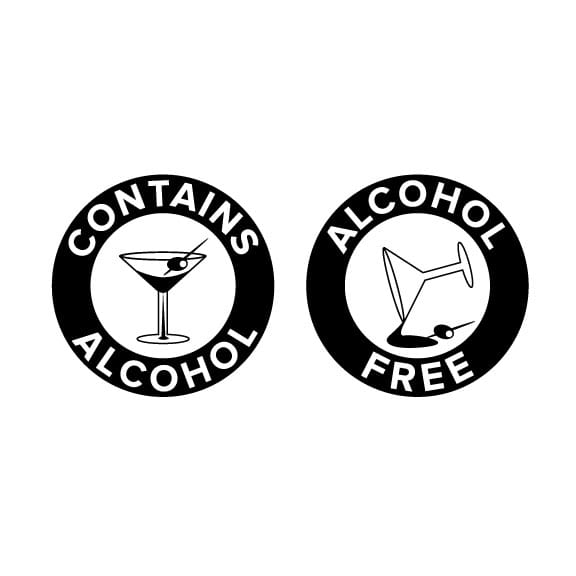The recent call from the United States’ top health official for cancer warning labels on alcoholic beverages has ignited a discussion about the relationship between alcohol consumption and cancer risk. This proposal is supported by an increasing amount of scientific evidence that highlights the dangers associated with alcohol intake. The aim of this article is to delve into the scientific findings surrounding alcohol and cancer, as well as the rationale for implementing warning labels on alcoholic products.
Research has consistently demonstrated a correlation between alcohol consumption and an elevated risk of certain cancers. The American Institute for Cancer Research (AICR) and the World Health Organization (WHO) have classified alcohol as a Group 1 carcinogen, which means there is sufficient evidence to conclude that it can cause cancer in humans. This classification is based on extensive studies that have identified links between alcohol and various types of cancer, including breast, liver, colorectal, and esophageal cancer.
The mechanisms by which alcohol may contribute to cancer development are multifaceted. One prominent theory is that alcohol is metabolized into acetaldehyde, a toxic compound that can damage DNA and proteins. Additionally, alcohol consumption can lead to increased estrogen levels in the body, which has been linked to the development of breast cancer. Moreover, alcohol may impair the body’s ability to absorb essential nutrients and antioxidants that are vital for cancer prevention.
The prevalence of alcohol consumption in the United States is significant, with millions of adults partaking in drinking regularly. Despite the known risks associated with alcohol, many individuals remain unaware of the specific dangers it poses regarding cancer. This gap in knowledge is a key factor that health officials aim to address through the proposed warning labels. By providing clear and accessible information, the intention is to empower consumers to make informed choices about their alcohol consumption.
The implementation of warning labels on alcoholic beverages is not without precedent. Similar measures have been taken in other countries, where health warnings about alcohol and cancer have been displayed on packaging. For instance, in countries like France and Australia, labels that inform consumers of the potential risks associated with alcohol consumption have been introduced. Evidence from these initiatives suggests that such warnings can lead to increased awareness and, potentially, a decrease in alcohol consumption.
Critics of the proposed warning labels argue that they may not significantly change consumer behavior or that they could lead to stigmatization of alcohol use. However, proponents assert that providing information about the risks associated with alcohol is a necessary step toward improving public health. It is important to note that the goal of these warnings is not to promote abstinence from alcohol but rather to encourage moderation and informed decision-making.
Public health campaigns have historically played a crucial role in altering perceptions and behaviors regarding substance use. The success of anti-smoking campaigns, which included graphic warnings about the health risks of tobacco, serves as a compelling example of how information dissemination can lead to behavioral change. By adopting a similar approach with alcohol, health officials hope to reduce the incidence of alcohol-related cancers and improve overall public health outcomes.
The conversation surrounding alcohol and cancer risk is particularly relevant given the ongoing discussions about health equity and access to information. Certain populations may be more vulnerable to the effects of alcohol due to socioeconomic factors, cultural norms, or lack of access to healthcare resources. By implementing warning labels, health officials aim to create a more equitable environment where all individuals have access to the information necessary to make informed health decisions.
In conclusion, the call for cancer warning labels on alcoholic beverages by the United States’ top health official reflects a growing recognition of the significant health risks associated with alcohol consumption. The scientific evidence linking alcohol to various forms of cancer is robust and continues to evolve. As public health officials seek to implement measures that promote awareness and informed decision-making, the potential introduction of warning labels represents a proactive approach to addressing the public health challenge posed by alcohol-related cancers. Moving forward, it will be essential to monitor the impact of such measures on consumer behavior and health outcomes to ensure the effectiveness of public health initiatives aimed at reducing cancer risk.



